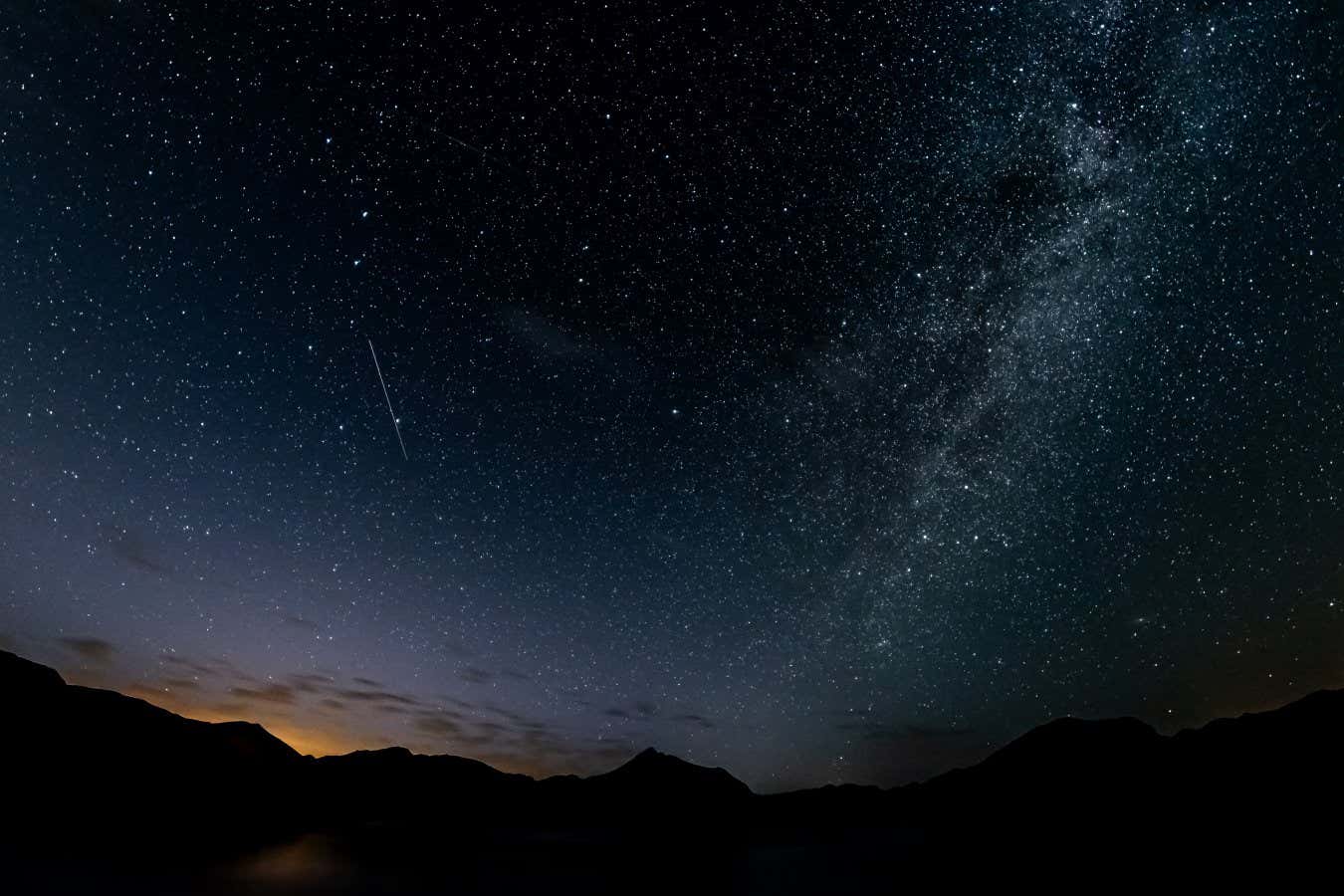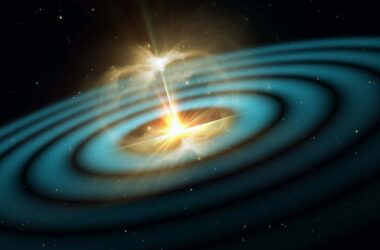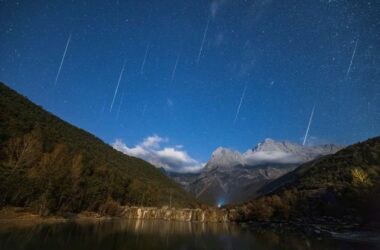The Perseid meteor shower on 18 July in Leon, Spain
Samuel de Roman/Getty Images
This year, the Perseid meteor shower began on 17 July and will end on 24 August, but the best chance for seeing it will be the early hours of the morning around the time of its peak this weekend, on 12 and 13 August. The meteors should be a particularly impressive spectacle this year, as the moon will only be around 10 per cent illuminated on the peak mornings thanks to a new moon on 16 August.
How active is the Perseid meteor shower?
At the start, observers could only see about one meteor per hour, similar to a regular night of stargazing. However, as we approach the peak this weekend, the number of meteors will increase to 50 to 75 per hour, with a maximum of 100.
What is the Perseid meteor shower?
Meteor showers occur when Earth passes through the debris left by comets in its path around the sun. The high-speed collisions between the tiny grains of dust or rock and the atmosphere cause them to burn up, producing a visible flash in the sky.
The Perseid meteor shower is caused by comet Swift-Tuttle, which takes 133 years to orbit the sun. The comet was last visible in 1992 and won’t be seen again until 2125. However, we can still enjoy the display it left behind.
Why is it called the Perseid meteor shower?
Each meteor shower is named after the point in the sky where the meteors appear to originate from. In the case of the Perseids, it is the constellation Perseus. This shower can be seen from all over the world, with the best views typically in the northern hemisphere where Perseus is visible. Perseus is located in the middle of a triangle formed by the constellations Cassiopeia, the Pleiades star cluster, and the bright star Canopus.
Where should you look for the Perseids?
Don’t worry too much about finding Perseus, simply let your eyes adjust and look out for meteors shooting across the sky in all directions. These meteors will appear and disappear within seconds, moving rapidly. If you’re lucky, you may even see fireballs, which are big and brilliant meteors that appear as bright as Venus.
What’s the best time to look for the Perseids?
A few days before and after the mid-August peak offer a good chance of seeing shooting stars. Check the weather forecast for cloud coverage and try looking on any clear night during that week and in the weeks leading up to the peak. Generally, it is better to look before the peak rather than after. The best time to look is usually just after midnight, regardless of your location.
How can you increase your chances of seeing the meteor shower?
You don’t have to go to isolated areas to see meteors, but a dark sky will improve your chances, so try to reduce light pollution around you. If possible, go to a park or any place away from streetlights. If you’re observing from home, turn off all lights and find a clear view unobstructed by trees, buildings, or other objects.
Topics:








